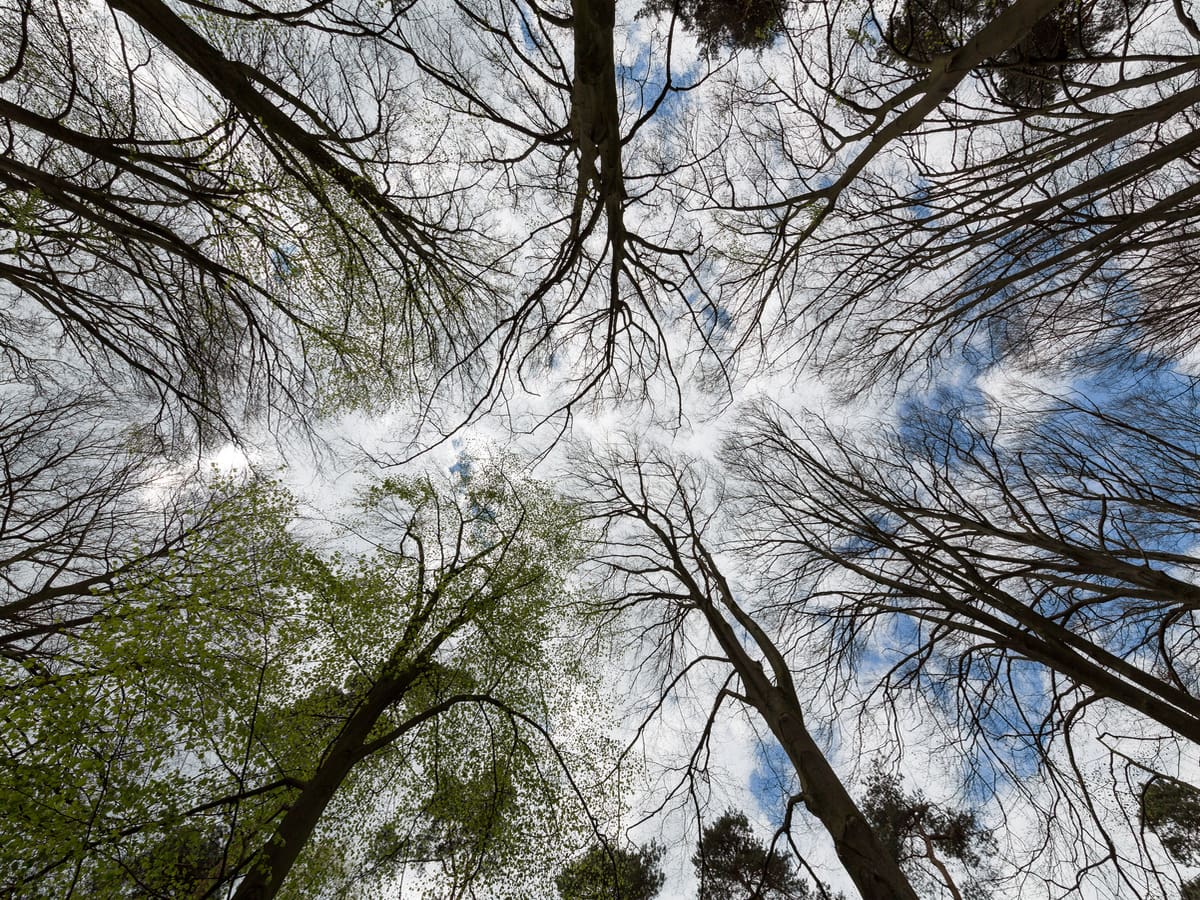Protecting and restoring forests across Europe could save over 300 million tonnes of carbon dioxide a year in a boon for both the biodiversity and climate crises. This is the key finding of a new forests study from Wild Europe and the Climate Action Beacon at Griffith University in Australia.
Forests study: fighting the climate crisis
Forests play a vital role in storing carbon – a main greenhouse gas responsible for global heating. Crucially, these ecosystems are a ‘carbon sink’. In essence, this means that they capture carbon dioxide from the atmosphere via photosynthesis and trap it in the form of biomass, soils, and other plant matter.
Given this, nations the world over recognise the climate crisis-averting potential of forest ecosystems. Now, a new study in Nature Communications Earth & Environment has spelled out the vital role they could play in tackling climate breakdown.
The research involved the analysis of data gathered in various forest habitat types across Europe. It calculated the carbon stored in the aboveground, belowground and dead biomass. From this, the study found that governments have underestimated and undervalued the carbon stocks in primary and old-growth forests through climate and forest management policies.
More specifically, the study identified old growth forests as a major source of this carbon storage. In other words, larger, older trees could store more carbon. It found that:
Across all primary forest sites, 50% of the cumulative carbon stock in living biomass was contained in trees greater than 60 cm diameter (range 40 – 80 cm for different forest types).
As a result, the study concluded that:
Increasing carbon storage in biodiverse natural forests is a superior mitigation strategy as forests with their full complement of biodiversity and associated ecological processes, provide high ecosystem integrity allowing safe retention in carbon reservoirs.
Meeting climate goals
Notably, the study pointed out that this figure marries up with the European Green Deal’s target for carbon removals. In particular, this aims for:
net carbon removals by natural sinks will increase to 310 million tonnes of CO2 equivalent by 2030.
Primarily, the EU has geared this towards the bloc’s overall aim for carbon-neutrality by 2050. What this means is that it intends to meet net zero greenhouse gas emissions across the bloc by this date.
Co-author from Wild Europe Zoltan Kun therefore said that:
Our findings provide strong evidence for the urgent need for preservation of our high naturalness forests, which was one of the commitments of the EU member states in the EU Biodiversity Strategy for 2030. The current state of our forests in Europe is terrible, logging of old-growth forest is still happening in Europe.
According to the 2020 EEA State of Nature in the EU report, only 15% of forest habitats in the Natura 2000 network, the EU’s flagship protected area network intended to ’ensure the long-term survival of Europe’s most valuable and threatened species and habitats’, exhibit favourable conservation status”
Echoing this, fellow co-author Heather Keith said that:
Protecting and restoring forest biodiversity and ecological integrity will help Europe achieve synergistic climate and biodiversity outcomes and lower the risks to forest carbon storage as climate related threats to forests increase with climate change
Feature image via Dietmar Rabich/Wikimedia, cropped and resized to 1200 by 900, licensed under CC BY-SA 4.0




